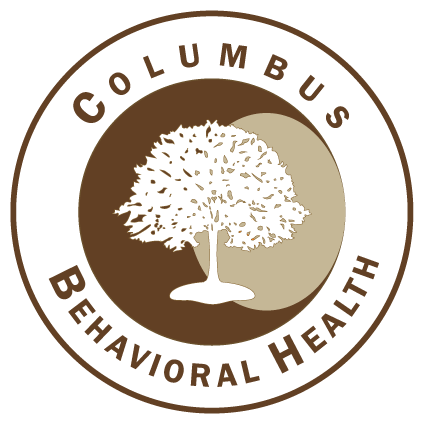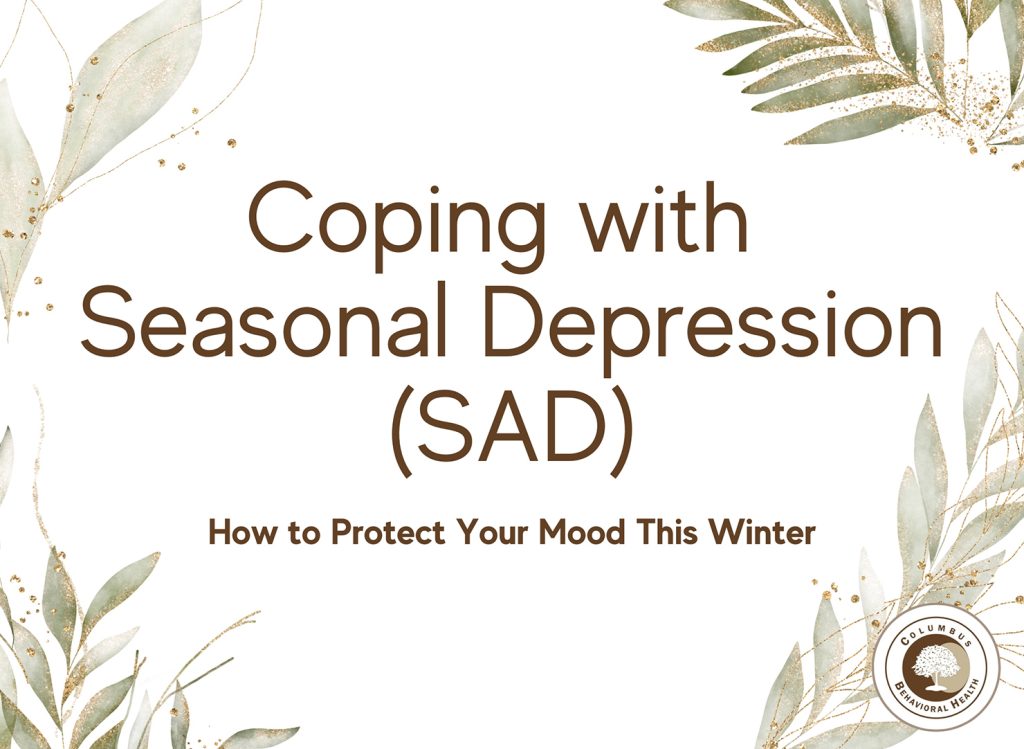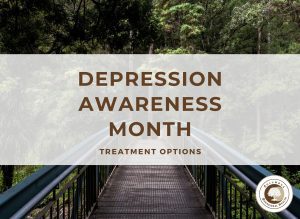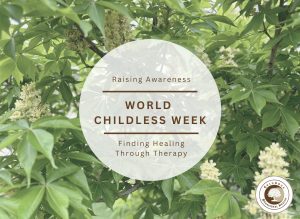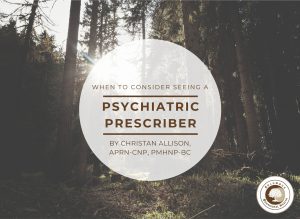As the days grow shorter and the air turns cooler, many people notice changes in their mood and energy. For some, these shifts are mild. For others, the darker months can bring on seasonal affective disorder (SAD) or a noticeable increase in depression and fatigue. Whether you love the crisp fall air or dread the gray skies ahead, this is the time to be proactive about your mental health. With a few intentional habits, you can navigate the season with more ease and stability.
(Sun)light Is Your Friend
With shorter days and fewer opportunities for sunshine, getting enough light exposure is essential. Sunlight helps regulate your circadian rhythm, improving both mood and sleep quality —especially when you can catch some light before noon. If you spend most of your day indoors or have a history of seasonal depression, light therapy may help. A certified light box providing 10,000 lux of light can mimic natural sunlight. When selecting a light box, opt for a larger box for optimal benefit. Most people start with 15 minutes each morning, gradually increasing to 30–60 minutes. Be sure to follow the manufacturer’s directions for distance (usually around 24 inches from your face). Avoid looking directly at the light—you can read, eat breakfast, or check email during your session, but your eyes need to be open. If you have a history of bipolar disorder, consult your provider before beginning light therapy.
Consider Vitamin D
Because sunlight exposure is limited in fall and winter—especially in northern states like Ohio— many people experience low Vitamin D levels, which are linked to fatigue and low mood. Your Vitamin D level can be checked through a simple blood test, allowing your provider to recommend the right dose. If you prefer a general approach, most adults benefit from 1,000–2,000 IU of Vitamin D3 daily. If you already take a multivitamin, check how much Vitamin D it includes before adding a supplement. Always consult your healthcare provider if you’re unsure about dosage.
Movement Is Medicine
It’s easy to move less in winter, but staying active is one of the most effective ways to protect your mental health. Exercise benefits nearly every body system—heart, lungs, muscles, bones, digestion, and sleep—and sends powerful “all is well” signals to your brain. You don’t need an intense routine. Find movement that feels good—stretching, dancing, yoga, or even short walks indoors or outdoors when weather allows. The goal is consistency, not perfection.
Stay Connected
Humans are social creatures, and isolation can worsen depression- even for Introverts! Stay connected, even in small ways—reach out to friends, join a class, or visit a coffee shop or library for light social interaction. Volunteering can also be a wonderful way to lift your mood while helping others. Remember: you’re not the only one feeling the winter blues. A simple smile or kind word can brighten someone else’s day—and yours too.
Don’t Go It Alone
If you notice your mood worsening as the days get shorter, reach out to your therapist, counselor, or healthcare provider. You don’t have to face it alone—support is available, and early intervention can make a big difference. You deserve care, light, and warmth this season.
Christan is a dedicated, board-certified psychiatric nurse practitioner with over 20 years of experience in the nursing field. Before stepping into her role as a nurse practitioner, she honed her skills in both inpatient and outpatient psychiatric settings, as well as in a college health center, where she provided compassionate care to diverse populations.
